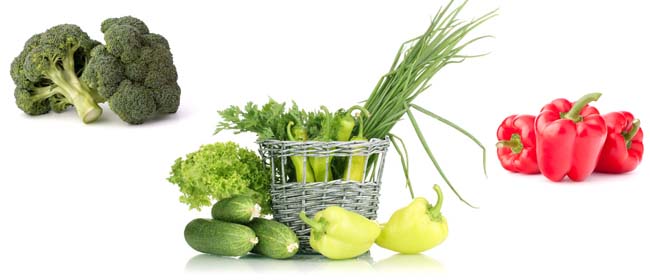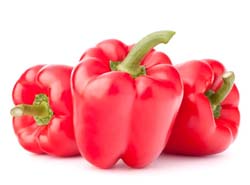
Did you know that boiling a cabbage destroys 75% of its Vitamin C content? Fi Jamieson-Folland explains the best methods for preparing food to retain its nutritional value.
When I was 21, I was given three years to live if I didn’t take cholesterol medication every day for the rest of my life. Instead of drugs, I chose nutrition, as well as lifestyle changes.
In my quest for better heath, I undertook a great deal of research and I learned that to be vibrantly healthy I needed to have the best nutrients possible, and to eat as well as I could, every day. But I discovered that the food we buy, even when it’s good quality, from health food stores, is often not very high in the important goodies we need for helping our bodies work at their best.
Preparing Food for Best Nutrient Value
 Why is this? There are a whole bunch of factors – from the poor quality of the soils the crops grow in, to the extensive use of chemical sprays, to the crops being harvested too early so that the vitamins and phytochemicals don’t actually form properly.
Why is this? There are a whole bunch of factors – from the poor quality of the soils the crops grow in, to the extensive use of chemical sprays, to the crops being harvested too early so that the vitamins and phytochemicals don’t actually form properly.
While we have little control over the growing process (unless we grow our own), we can have some influence over the nutrients that finally make it to our plates by how we store and prepare the ingredients.
Which leads to what I call the two BIGGEST food-mistakes people make – and how to avoid them.
The two biggest mistakes in food prep are:
1. Boiling, steaming, baking or microwaving – rather than simply rinsing, chopping and serving raw.
Why? When veggies and fruits are heated, several vitamins are leached away, many essential nutrients are destroyed, and the shape and structure of proteins, fats and fibre in our food are altered. This means there’s less available for us to absorb and use. For example, when you bring cabbage to the boil, you destroy 75% of its vitamin C content.
Fortunately there are many foods that we can rinse, chop and eat as-is, whilst saving time washing up, including:
 Thin green beans
Thin green beans- Carrots
- Courgettes
- Celery
- Capsicums
- Tomatoes
- Baby broccoli heads – these are great as crudités with a yummy humus, or simply as a snack as they are.
2. Eating seeds and nuts in their dried form – rather than pre-soaking them.
Why is this significant? Seeds and nuts (and legumes, like mung beans) are mini treasure chests of energy – and when they’re soaked in water for several hours, they transform inside. They begin to break down the starch they’ve been storing into glucose and fructose, their proteins get spilt into smaller sections, some of the toxins like tannins are removed, their enzymes wake up and start to get busy, and the vitamin levels rise and their saturated fats break down into more easily used parts.
The result? They provide a lot more goodies, they’re a lot easier to digest, have less toxins and taste even better.
Examples of nuts and seeds that are divine when pre-soaked for 3 hours-plus, and then carefully rinsed include:
- Brazils
- Almonds
- Macadamias
- Hazelnuts
- Walnuts
- Cashews
- Pumpkin and sunflower seeds.
Jump in and trial these for yourself – pre-soak a few almonds overnight, by covering them with water – and rinse off the next morning. Eat a dry nut first, and then taste one that’s been soaked – and BINGO!
BONUS TAKE AWAY
If you’d like a recipe for ‘Yummy Energy Boosters’, a delicious raw combo and perfect demo of the taste difference, email me direct at fi@fijamiesonfolland.com for your copy. They’re your perfect, slow-release, healthy, energy snack for a mid-morning or afternoon, or even in the kids’ lunch boxes.
Happy experimenting!
Read more of Fi’s articles:
The secret to a strong immune system
Fi Jamieson-Folland is a Lifestyle Consultant with over 20 years’ experience as a qualified osteopath, educator, writer and health mentor.
 My Favourites
My Favourites









Speak Your Mind